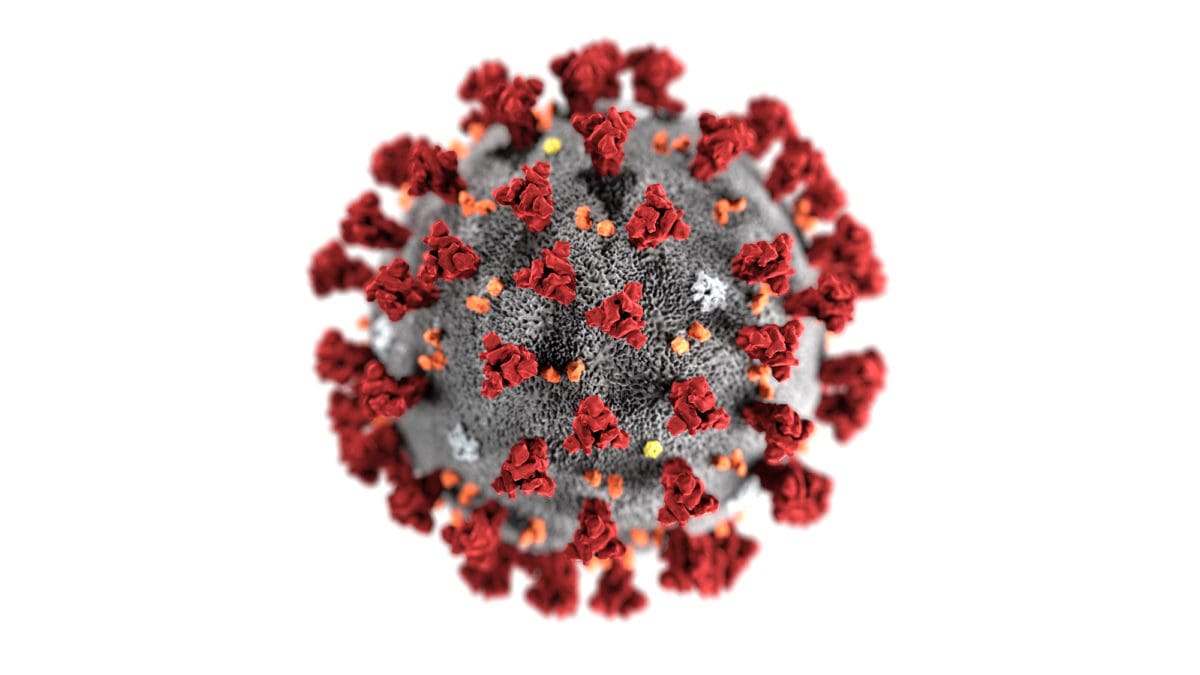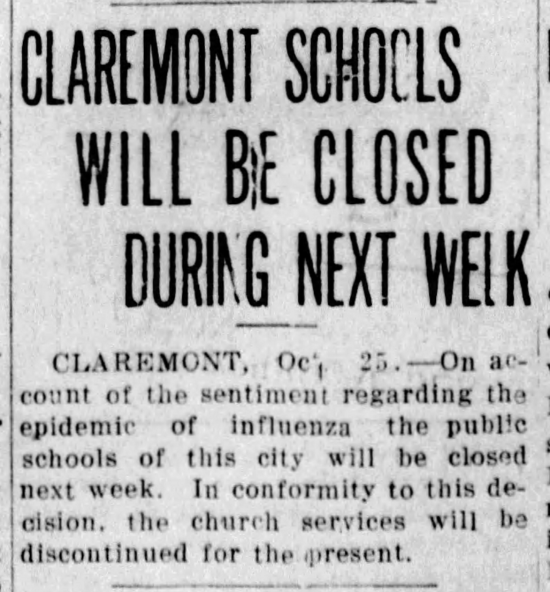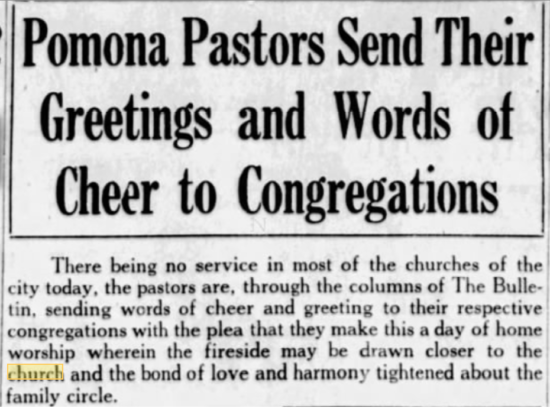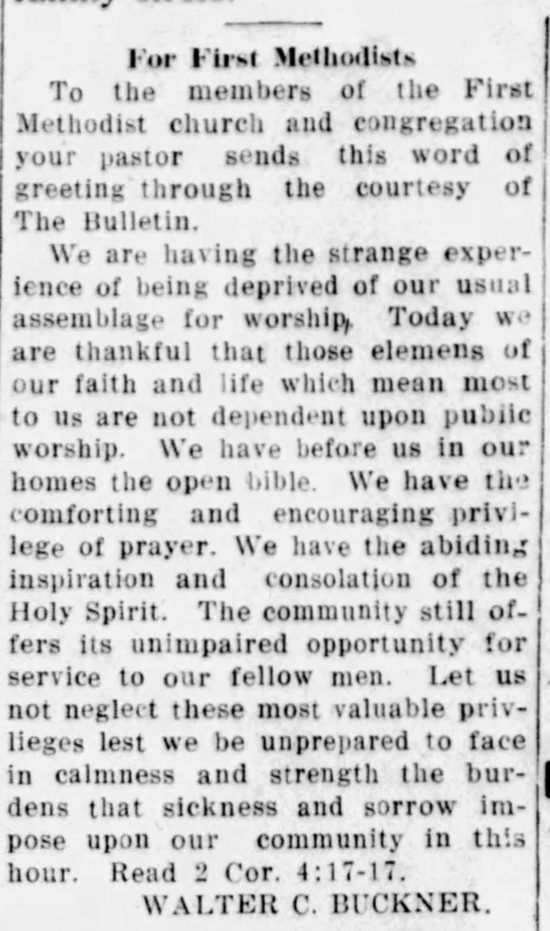R.R. Reno and First Things has led the way in skepticism about the seriousness of COVID-19 and the need to social distance. I first looked at Reno’s historical revisionism last month in response to his objections to churches closing.
Today, Reno comes forward with an article titled, Coronavirus Reality Check. Well, I agree it is about the Coronavirus.
First paragraphs are supposed to get the reader’s attention and this one does its job.
The coronavirus pandemic is not and never was a threat to society. COVID-19 poses a danger to the elderly and the medically compromised. Otherwise, for most who present symptoms, it can be nasty and persistent, but is not life-threatening. A majority of those infected do not notice that they have the disease. Coronavirus presents us with a medical challenge, not a crisis. The crisis has been of our own making.
In what most public health experts believe is the beginning of the COVID-19 ordeal, Reno pronounces the pandemic no threat to society. However, for Reno, society is something and someone other than the elderly and the medically compromised. This exclusion is reason enough to question what comes next.
Reno’s dismissal of COVID-19 as a threat is based on a sunny reading of selected findings about mortality rates. He gets his first comparison between the flu and COVID-19 very wrong when he writes:
The next day, Stanford epidemiologist John Ioannidis sifted through the data and predicted less widespread infection and a fatality rate of between 0.05 and 1.0 percent—not that different from the common flu. The coronavirus is not the common flu. It has different characteristics, afflicting the old more than the young, men more than women. Nevertheless, all data trends since mid-March show that Ferguson was fantastically wrong and Ioannidis was largely right about its mortal threat.
Reno here compares Ioannidis’ speculations about COVID-19’s death rate (.05-1%) to that of the common flu. This is an irresponsible and misleading comparison. According to the CDC website, there were 2 flu deaths per 100,000 people in 2017. Most recent estimates I have seen for the flu are at about .1% (not 1.0%). Much of Reno’s argument is based on this spurious comparison. He really wants COVID-19 to be comparable to the flu so we can just blame the frantic infectious disease crazies and get back to normal.
Since Reno insists Ioannidis has had the better model, let’s see how his predictions have worked out. In his March Stat article, Ioannidis wrote:
If we assume that case fatality rate among individuals infected by SARS-CoV-2 is 0.3% in the general population — a mid-range guess from my Diamond Princess analysis — and that 1% of the U.S. population gets infected (about 3.3 million people), this would translate to about 10,000 deaths.
As I write this, according to Worldometer.info, the death toll in the U.S. is 56,173.
Reno is correct that the fatality rate is likely to be much lower than the 2-5% that is showing up in the states. Due to the puzzling cases of asymptomatic carriers of the virus, many people have it and don’t know it. However, even if it is .3%, that is three times higher than the flu. If it is .3% (which it appears to be in Chelsea, MA — a place cited by Reno but without stats), that would be a huge increase in deaths as the virus spreads. The fact is we don’t know what is going to happen and Reno’s appeal to science is tendentious. He picks what he likes.
Let me say that I am not unsympathetic to the impulse to get back to normal. As a psychology professor, I realize that poverty, isolation, and joblessness make existing bad conditions worse for many. A complete shutdown over many months would require a coordination and distribution of resources to the masses which the current administration is incapable of performing.
Due to the bungling of testing and crisis management by the federal administration there was no way to know where the disease was prevalent. It is highly likely that the stay at home orders (based on experience in previous pandemics) prevented outbreaks of the disease. Americans responded well to the guidelines and lives have been saved as a result. It is a mystery to me why skeptics don’t appear to entertain the notion that prevention worked.
However, Reno wants the whole thing to have been a waste of time and money. He writes:
We need to be told the truth about COVID-19’s effect. It is not a uniquely perilous disease; for people under 35, it may be less dangerous than the flu.
I agree we need to be told the truth, but we don’t know all the truth yet. There is much scientists are still learning about it. An article in Science summarizing research on the virus to date concluded:
Despite the more than 1000 papers now spilling into journals and onto preprint servers every week, a clear picture is elusive, as the virus acts like no pathogen humanity has ever seen.
Reno wants us to believe his expert. However, his expert was wrong too. Ioannidis was close on the mortality rate but his assumption of 1% infection rate was way off. There is a lot that is still not known and caution in the face of the unknown still seems like a wise policy to me.




